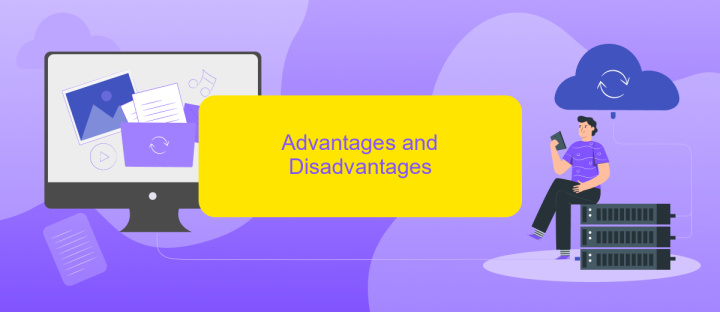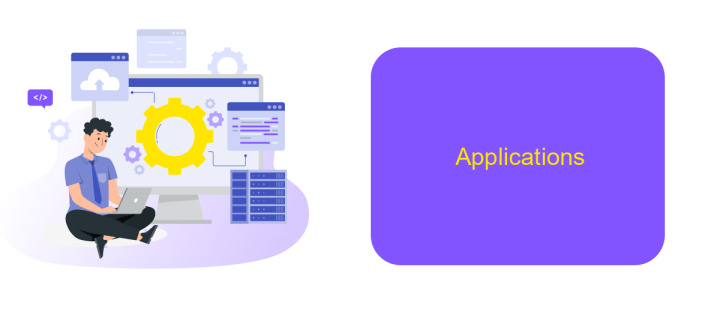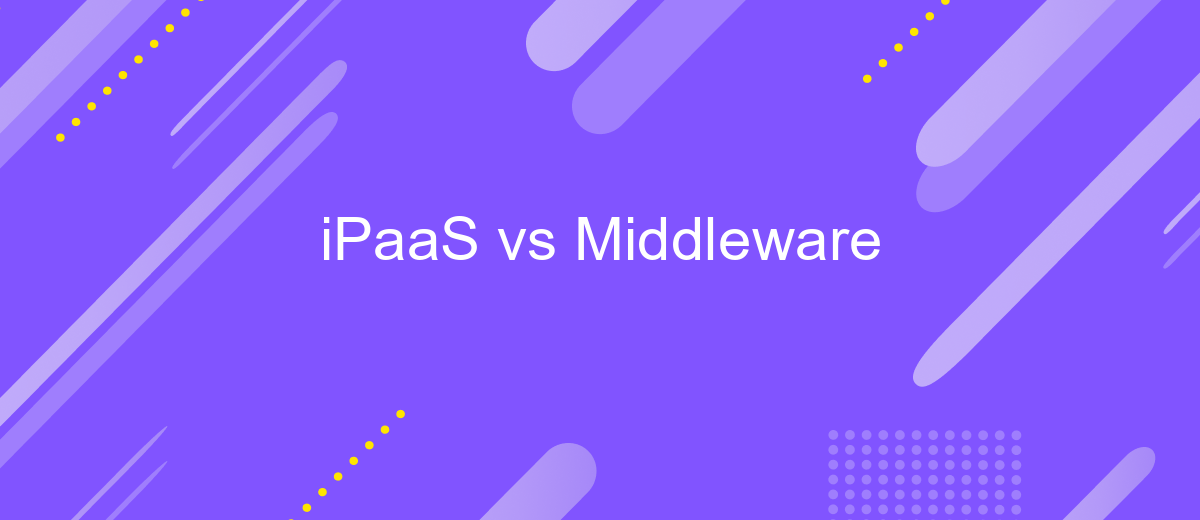iPaaS vs Middleware
In the rapidly evolving landscape of digital transformation, businesses face the critical decision of choosing the right integration solution to streamline their operations. Two prominent options are Integration Platform as a Service (iPaaS) and traditional Middleware. This article explores the key differences, advantages, and use cases of iPaaS and Middleware, helping you make an informed choice for your enterprise's integration needs.
Introduction
In the rapidly evolving landscape of enterprise technology, businesses are constantly seeking efficient ways to manage and integrate their myriad applications and data sources. Two prominent solutions that have emerged to address these needs are Integration Platform as a Service (iPaaS) and traditional middleware. Each offers unique advantages and caters to different integration requirements.
- iPaaS: Cloud-based integration solutions that facilitate seamless connectivity between disparate systems.
- Middleware: Software that acts as a bridge between different applications, enabling communication and data exchange.
Choosing the right integration solution depends on various factors, including the complexity of the integration, the need for real-time data processing, and the scalability of the solution. Services like ApiX-Drive exemplify the capabilities of modern iPaaS by offering user-friendly interfaces and robust functionalities to streamline integration processes. Understanding the differences and applications of iPaaS and middleware is crucial for businesses aiming to optimize their operations and drive innovation.
Key Differences

iPaaS (Integration Platform as a Service) and Middleware serve distinct purposes in the realm of software integration, though they both aim to streamline connectivity between disparate systems. iPaaS is a cloud-based service that provides a unified platform for integrating various applications and data sources, often with minimal coding required. Middleware, on the other hand, is software that sits between operating systems and applications, facilitating communication and data management within an enterprise's IT environment. Middleware typically requires more complex setup and maintenance, often demanding specialized technical expertise.
One of the key differences lies in their approach to integration. iPaaS solutions like ApiX-Drive offer user-friendly interfaces and pre-built connectors that simplify the process of linking different applications, making it accessible even for non-technical users. Middleware solutions, while powerful, generally focus on enabling custom integrations and ensuring robust data exchange within an enterprise's internal systems. This makes Middleware more suited for large-scale, complex environments where fine-grained control and customization are paramount. In contrast, iPaaS is ideal for businesses looking for quick, scalable, and cost-effective integration solutions.
Advantages and Disadvantages

Choosing between iPaaS and Middleware can significantly impact your business operations. Each solution offers distinct advantages and disadvantages, which are important to consider before making a decision.
- iPaaS Advantages: Simplifies integration processes, offers scalability, and provides user-friendly interfaces. Services like ApiX-Drive enable seamless connections between various applications, reducing the need for extensive coding.
- iPaaS Disadvantages: Can be costly for smaller businesses, potential vendor lock-in, and may lack deep customization options required for complex integrations.
- Middleware Advantages: Offers robust customization, supports complex integrations, and provides greater control over data flow and processing.
- Middleware Disadvantages: Requires significant technical expertise, longer implementation times, and higher maintenance costs.
Ultimately, the choice between iPaaS and Middleware depends on your specific business needs, technical capabilities, and budget. For businesses looking for quick, scalable, and easy-to-use integration solutions, iPaaS platforms like ApiX-Drive may be the ideal choice. Conversely, if your organization requires highly customized and complex integrations, Middleware might be more suitable despite its higher costs and complexity.
Applications

When evaluating iPaaS (Integration Platform as a Service) and traditional middleware, it's crucial to understand their applications in various business scenarios. iPaaS solutions are designed to simplify and automate the integration process, making them ideal for companies looking to connect multiple cloud services and on-premises systems seamlessly.
Middleware, on the other hand, serves as a software layer that enables communication and data management for distributed applications. It is often used in more complex, enterprise-level environments where customization and control are paramount. Middleware can handle a wide range of tasks, including transaction processing, message brokering, and API management.
- iPaaS simplifies integration with user-friendly interfaces and pre-built connectors.
- Middleware offers extensive customization and control for complex integrations.
- iPaaS is typically faster to deploy and easier to maintain.
- Middleware provides robust support for legacy systems and enterprise applications.
For businesses seeking an efficient way to manage integrations, services like ApiX-Drive can be highly beneficial. ApiX-Drive offers a user-friendly platform to automate data exchange between various systems, reducing the need for extensive coding and manual intervention. This makes it an excellent choice for companies looking to streamline their integration processes without sacrificing functionality.
Conclusion
In conclusion, both iPaaS and Middleware offer unique advantages for businesses looking to streamline their integration processes. iPaaS solutions, such as ApiX-Drive, provide a cloud-based platform that simplifies the setup and management of integrations, making it an excellent choice for organizations seeking agility and scalability. Middleware, on the other hand, offers robust on-premises solutions that can handle complex, legacy systems and provide greater control over data and processes.
Ultimately, the choice between iPaaS and Middleware depends on the specific needs and infrastructure of the organization. For modern, cloud-centric businesses, iPaaS platforms like ApiX-Drive offer a more flexible and cost-effective approach. Conversely, companies with extensive on-premises systems may find Middleware to be a more suitable option. By carefully evaluating the requirements and capabilities of each solution, businesses can make an informed decision that best supports their integration goals and overall strategy.


FAQ
What is the main difference between iPaaS and Middleware?
Which one is more suitable for a cloud-first strategy?
Can iPaaS replace traditional Middleware?
What are some common use cases for iPaaS?
How can businesses implement automation and integration without extensive technical expertise?
Strive to take your business to the next level, achieve your goals faster and more efficiently? Apix-Drive is your reliable assistant for these tasks. An online service and application connector will help you automate key business processes and get rid of the routine. You and your employees will free up time for important core tasks. Try Apix-Drive features for free to see the effectiveness of the online connector for yourself.

